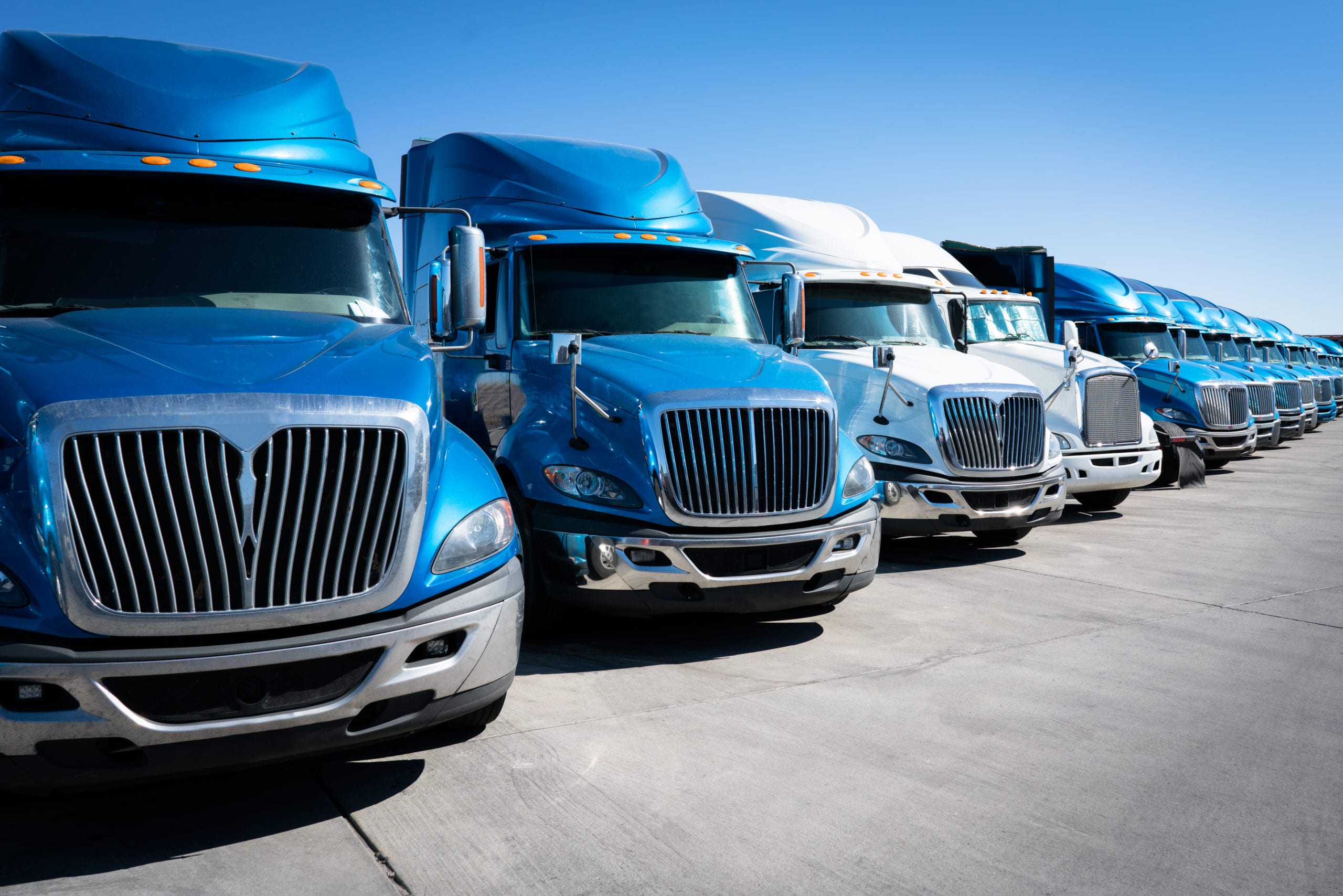Thousands of dollars are currently available for fleets operating clean vehicles. It sounds unbelievable, but for fleets in California and Oregon the Low Carbon Fuel Standard (LCFS) program offers an avenue to earn money using low emission or renewable fuels.
The LCFS is a market-based, fuel-neutral program designed to reduce the carbon intensity of traditional transportation fuels. Users and producers of clean energy earn credits through their emission reductions. Those credits are then sold to regulated entities, such as importers, producers, and refiners of petroleum fuels, that are required to purchase credits to meet carbon emission reduction goals. For a more detailed introduction to the LCFS program, read my previous article, “Generate Revenue with Clean Fuels.”
While several clean fuels are viable under the LCFS—including renewable natural gas—electric vehicles (EVs) have the greatest earning potential due to both their higher efficiencies generating more credits and the way those credits are awarded to owners of the EV infrastructure.
Even with the revenue potential for EVs, some fleets may question whether it’s too soon to invest in electrification given the high upfront costs of vehicle purchase. However, over the next five to 10 years, fleets and OEMs in California will be expected to meet stricter zero-emission regulations, particularly given the impact of the proposed Advanced Clean Trucks (ACT) rule. For fleets looking to get ahead of regulations, early investment in EVs can be a cost-effective option where LCFS credits can buy down the costs.
Regulations are pushing emission reductions
Over the next five to 10 years, fleets and OEMs in California will be expected to meet stricter zero-emission regulations, with other states expected to follow suit.
One such regulation currently in development, the Advanced Clean Trucks (ACT) rule, will likely require vehicle manufacturers to gradually increase their zero-emission heavy-duty truck sales each year starting at 5% in 2024 and increasing through 2032 when 40% of Class 7-8 vehicles sold in the state must be zero-emission.
In addition, the proposed rule would require large fleets to report on their operations, facilities, and vehicles. This information will then be used to develop a rule that requires these fleets to purchase EVs, which is expected to be implemented starting in 2024.
The dual rules impacting both the sale of vehicles and the operation of those vehicles, represents a strong regulatory force to make zero-emissions trucks a reality.
EVs offer the most revenue potential
So, how do fleets generate credits? In most cases, LCFS credits generated by clean fuels go to the producer of the fuel itself, rather than the vehicle operator. Therefore, a fleet fueling with renewable natural gas for example, is not directly entitled to the credits, the producer of the fuel is.
In the case of EVs, the owner of the charging infrastructure earns the credits. Therefore, given that early EV adopters will likely own their own infrastructure, they will be entitled to the credits. The revenue from selling the credits can then be used to offset the cost of the new EVs, charging infrastructure, and the electricity itself.
How much LCFS credits are worth
Fleets can accrue LCFS credits directly using several electric vehicle and equipment types, including Class 8 tractors, delivery vans, forklifts, electric transportation refrigeration units (eTRUs), cargo handling equipment, and more.
The proof is in the pudding when it comes to realizing the revenue potential for LCFS credits. For example, a fleet running an electric Class 8 tractor driving 60,000 miles annually has the potential to generate credits worth $33,900 per year. A Class 6 electric truck that drives 20,000 miles annually has the potential to generate $7,000 in credits per year.
In some cases, the amount earned exceeds the annual cost of fuel, essentially providing “free fuel” and can possibly cover some of the vehicle overhead and maintenance costs. This strategy provides ongoing usage of LCFS revenue to buy down the overall cost of electrification.
However, the revenue potential does not stop there. The examples above assume the vehicle is being charged using grid electricity, but fleets that use renewable or zero-carbon electricity can generate even more revenue.
Increase revenue potential with zero-carbon electricity
The LCFS program adds even more monetary value for the use of renewable electricity since it produces zero carbon emissions. Fleets that strategically use renewable electricity for charging their vehicles, or purchase renewable energy credits (RECs), can further increase their LCFS revenue streams.
With renewable electricity, the same Class 8 truck from above has the potential to earn $41,300 annually, a 22% increase, and the Class 6 truck can earn $8,500 annually, a 24% increase.
Opportunities abound for fleets looking to deploy EVs, with one caveat—fleets must know how to properly measure and report their energy usage and credit-earning.
Credit reporting and management is key to success
As with other areas of business, the best returns on investment come from proper management and data measurement—the LCFS program is no different.
The process involves multiple steps, including registering the appropriate electric meters, reporting accurate data, and selling credits on the LCFS marketplace. Additionally, these data points and credit values vary and change through the year, making monitoring of the LCFS market critical to maximizing revenue earning. A free resource is available through ACT News to see a brief snapshot of the current LCFS credit market. It’s after the credits are sold that the revenue can be invested back into a fleet’s EV program.
From registration to credit sales, Gladstein, Neandross & Associates (GNA) offers expertise and guidance helping fleets navigate the LCFS program and leverage existing or future assets to generate revenue. GNA understands the complex LCFS market and will do the hard work—ensuring the maximum value for a fleet’s credits.


